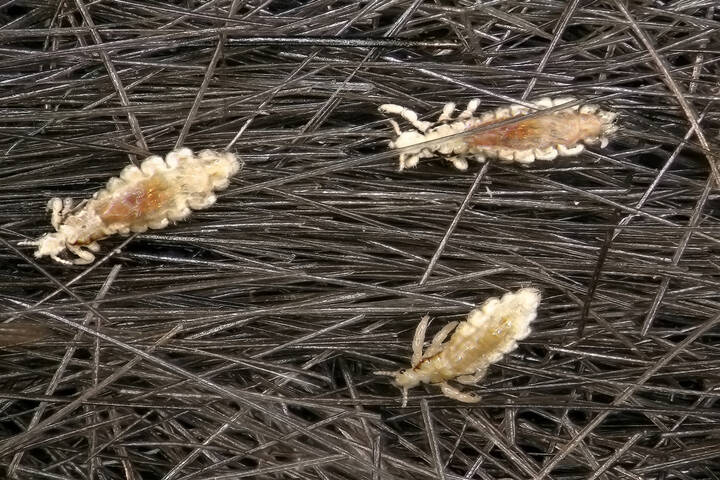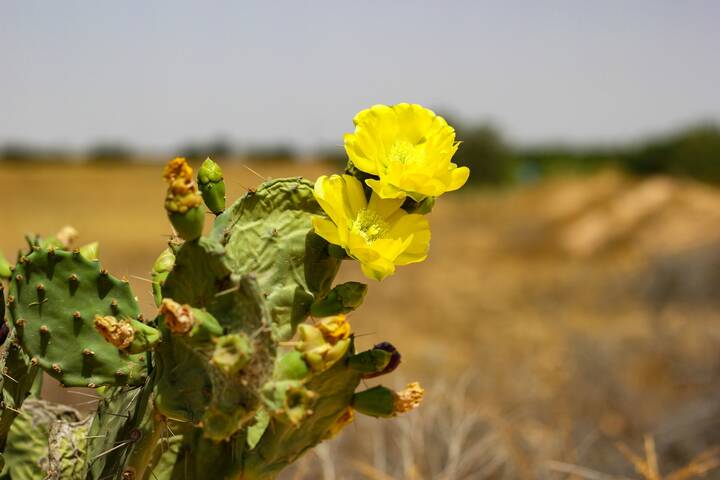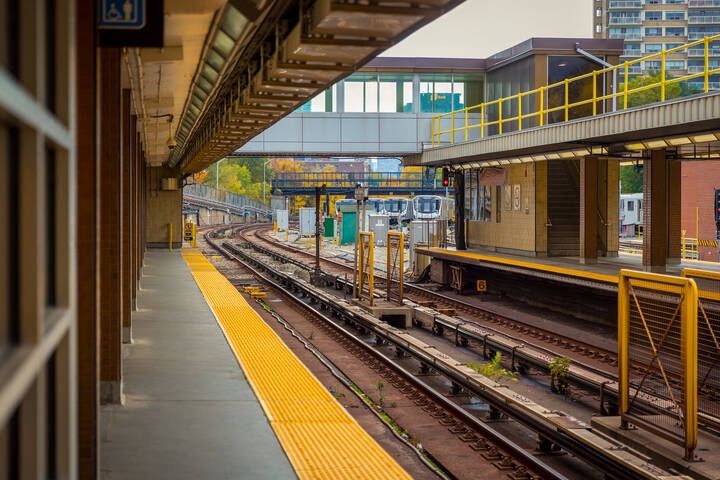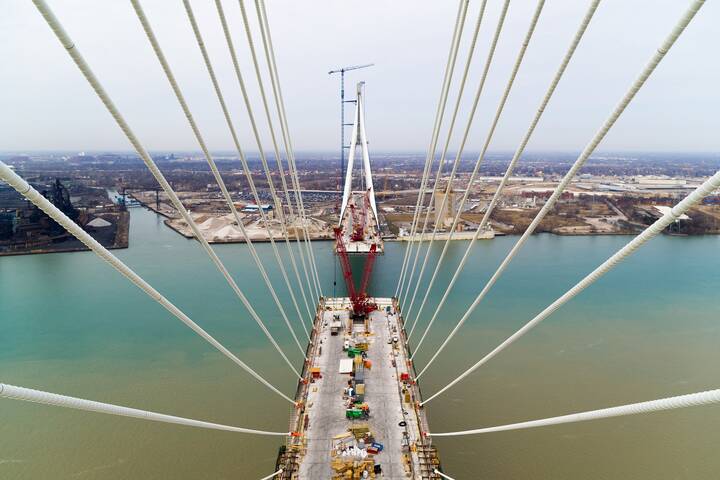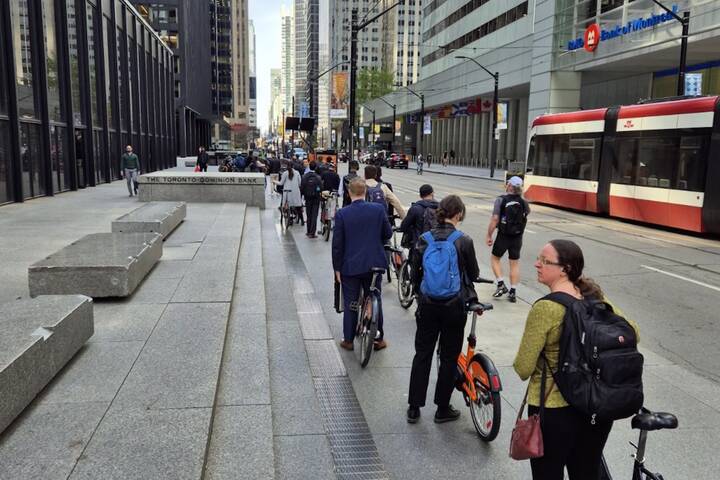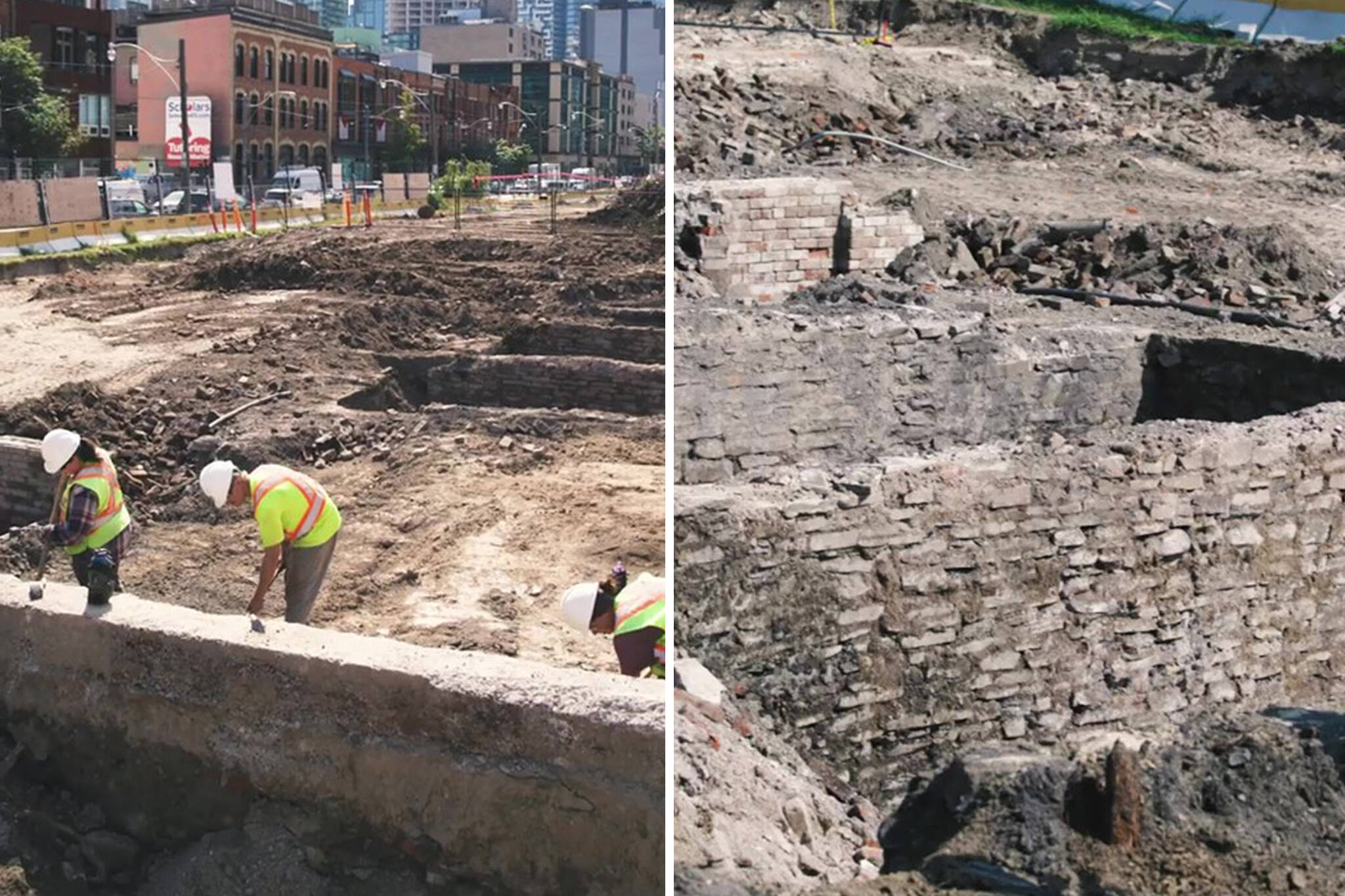
Archaeologists unearth long-lost Toronto building remnants in subway station dig
A new Ontario Line subway station at Toronto's Queen and Sherbourne intersection promises a brighter future for the Moss Park neighbourhood, but to get there, Metrolinx is having to dig deep into the area's past.
Before any construction work can proceed for the new Moss Park station, Metrolinx must conduct an archaeological excavation of the site to assess the remnants of the structures that came before the park.
A new video from the transit agency sheds light on the work conducted thus far, revealing a window into a long-gone era predating the area's sweeping and destructive urban renewal of the 1960s.
Foundations from buildings that once lined Queen Street have now re-emerged after decades buried under the south end of Moss Park.
Uncovering Toronto’s history at Moss Park. Ontario Line teams recently completed archaeological investigations at the site of the future Moss Park station. Once the Ontario Line opens, about 7,300 people are expected to use this station during the busiest travel hour. pic.twitter.com/ZuJwyTQOvA
— Ontario Line (@OntarioLine) December 6, 2023
The Moss Park of today is a windswept green space with a baseball diamond and community centre/skating rink, and much of the land it occupies was once part of a thriving neighbourhood erased by planning policies of yesteryear.
Archival aerial photographs and fire insurance maps from the first half of the 20th century reveal a park with a much smaller footprint than the Moss Park of today, hemmed in by buildings on all sides.
The stretch of Queen Street home to the current Moss Park Armoury and the southern end of the park's greenspace were, at the time, occupied by a row of commercial buildings similar in scale and design to those that still exist to the south and east.
Historical photos documenting these lost buildings are shown off in Metrolinx's latest promotional video, updating the public on this preliminary step in bringing the new subway line to fruition.
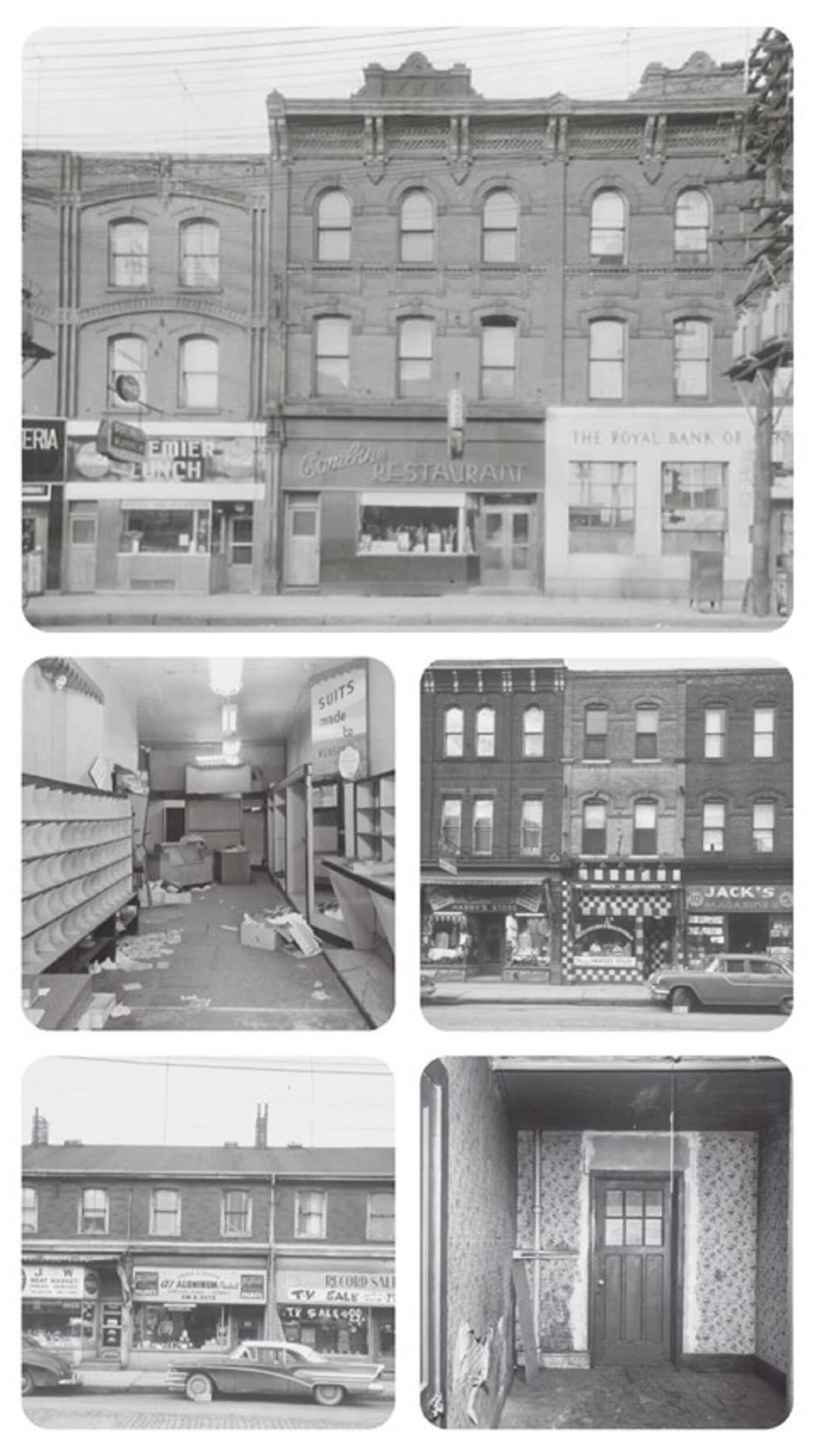
Buildings that were lost to demolition are now having their foundations unearthed.
The site was first fenced off from the public in mid-2021, and the trees along the south side of the park, fronting Queen, were later removed by Metrolinx.
While the City advocated for the preservation of these trees, the open-cut construction method that will be used to carve out this portion of the Ontario Line requires a clean slate.
These same reasons will ultimately mean that any archaeological finds, like the foundations uncovered, would require delicate relocation in order to be preserved.
Construction of the new subway line will keep a large portion of the park off-limits for years, which the City is treating as an opportunity for local renewal.
Major changes are on the horizon for Moss Park, including the reintroduction of a tree canopy along Queen Street, and a brand-new replacement for the current John Innes Community Recreation Centre.
Though the foundations' fate is uncertain, another element of the area's lost history will live on. Wood recovered from the downed trees along this stretch of Queen is to be repurposed in the new recreation centre, as well as the park's outdoor spaces.
Redevelopment of the park and community centre is timed to coincide with the construction of the 15.6-km Ontario Line, scheduled for 2031 completion.
The new subway line will link Exhibition Place with the Ontario Science Centre — or whatever ends up occupying the science museum's site once the province moves it to Ontario Place.
Metrolinx
Latest Videos
Latest Videos
Join the conversation Load comments
